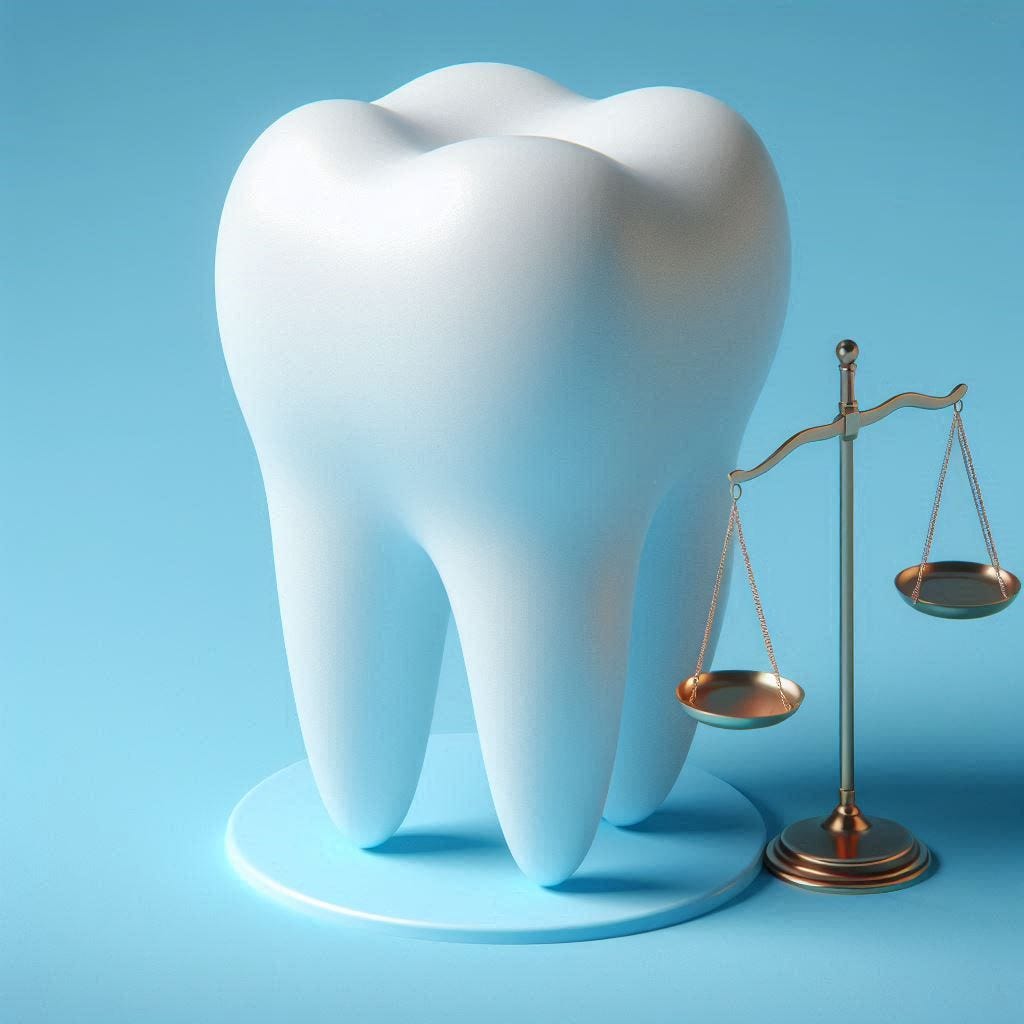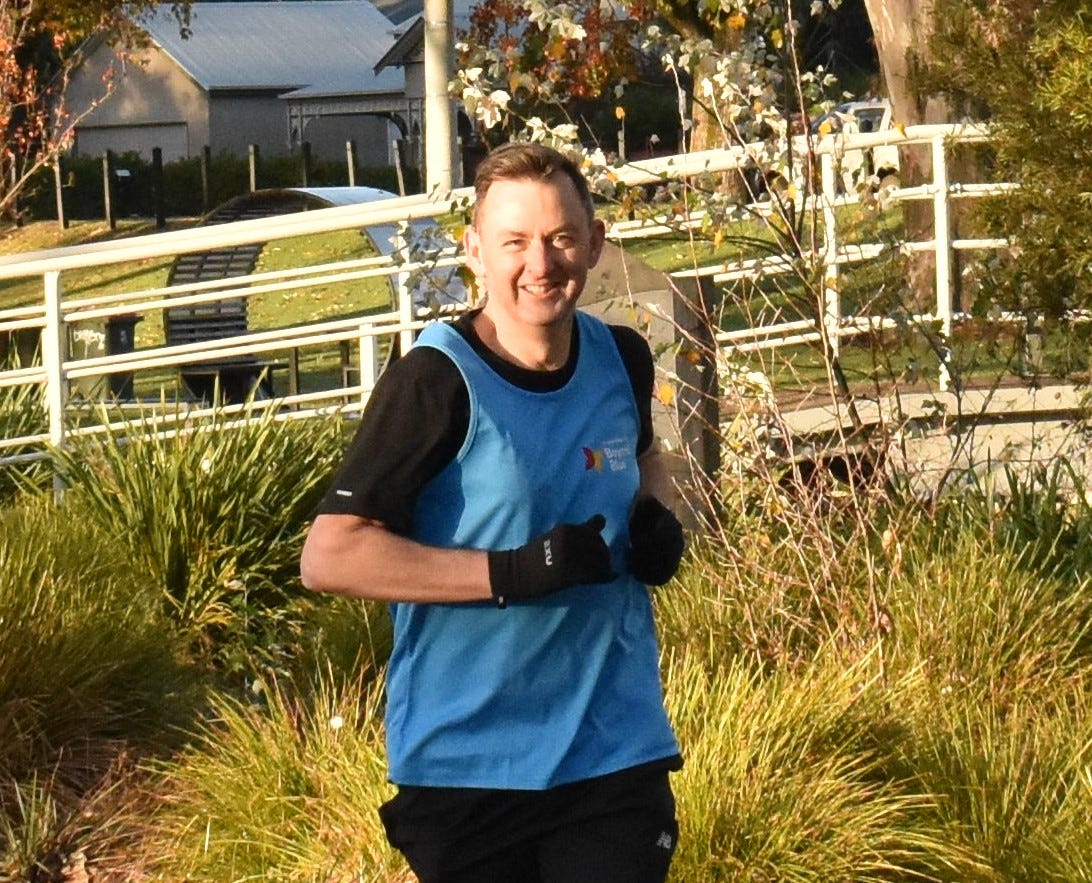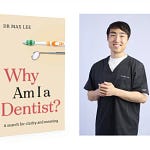Is poor oral health a dental issue or a social issue? Is the solution to reducing increasing rates of tooth decay and periodontal disease found within the four walls of the dental clinic, or is there a need to step back and consider that this as a social problem as well? Because if that is the case, then the actions that we need to take are very different.
There is no doubt that poor oral health – like many other areas of health – is a social issue. Broadly across health, clinical care only accounts for about 20% of health outcomes, with the other 80% due to a combination of social, economic, behavioural and environmental factors. Poor oral health is probably one of the strongest indicators of poverty and socio-economic disadvantage in Australia, and you could probably determine a lot about someone’s status simply by their smile.
People are very much a product of their environment and circumstances, and these are important drivers of health and disease that need to be addressed to improve the overall health of the community. Despite our best intentions, we can’t treat our way to better oral health outcomes. We actually need to address those other factors – reducing poverty and socioeconomic inequality – in order to have a meaningful impact. This is why poor oral health is as much of a social issue as it is a dental issue
Back in 1971 British medical practitioner Julian Tudor Hart coined the term ‘inverse care law’ to describe a phenomenon where he observed that the people who most needed medical care were actually those who were least likely to get it. He said:
‘The availability of good medical care tends to vary inversely with the need for it in the population served.’
We see the inverse care law very clearly in the distribution of dentists across Australia, both in terms of the sector of employment (public or private) and the geographic distribution (urban or rural). But if you drill down and look at the distribution of dental practitioners across suburbs, there is a very clear trend of a concentration of dentists in areas of greater wealth and socioeconomic advantage, and a paucity in areas of lower wealth. For example in NS W and Victoria, there is almost a 4-fold difference – from 25 dentists per 100,000 people in poorer neighbourhoods to 100 dentists per 100,000 in the rich suburbs. Dentists flock to where patients can afford to pay for treatment – not to where there is the greatest clinical need from a disease perspective - because that is the way that our dental care system has evolved. Some might call that market forces. Tudor Hart called it the inverse care law.
All dental practitioners have a role to play, not just in the provision of clinical care to patients, but thinking and acting on how to solve the social part of the equation that plays a significant role in poor oral health.
Julian Tudor-Hart paraphrased his inverse care law:
‘To the extent that health care becomes a commodity, it becomes distributed just like champagne.
‘That is rich people gets lots of it, and the poor people don’t get any of it.’
He could well have been talking about modern day dentistry in Australia.
Listen to the full podcast episode here to get the full story, or listen on Spotify and Apple Podcasts. Don’t forget to follow/subscribe, and share with your friends.
In case you missed it, you can catch up with the previous episodes of the Dental As Anything podcast here. Or check-out the top 4 most listened to episodes:
Episode 4: If in doubt, fill ... dogma, myths and clinical judgement in caries management.
Episode 5: How will artificial intelligence change dentistry?
Episode 7: Do we have too many dentists?
Episode 11: Tongue tied and twisted
Help support Beyond Blue
Last chance to help me raise a few dollars for Beyond Blue - every dollar helps to support this great organisation support mental health and wellbeing initiatives. I'm raising awareness of the mental health challenges facing dental practitioners by running the half marathon at Run Melbourne this Sunday 21 July. Will I break 2 hours? Will I beat my PB? Does it event matter? I've raised $2116 so far ($100 for every kilometre) - can you help me get to $2500.
You can donate at this link.
Government responds to Senate Report on Dental Services
The Australian Government has now provided their response to the Senate Select Committee into the Provision of and Access to Dental Services in Australia report: A system in decay: a review into dental services in Australia. There is no real commitment for action which will no doubt be seen as disappointing. This will be covered in more detail in next week’s post.
Sustainability survey
A team from the University of Melbourne Faculty of Medicine, Dentistry, and Health Science is investigating the thoughts and experiences of healthcare professionals and students regarding Planetary Health and Sustainability in health services across Australia. Please complete the survey, which takes about 10 -15 minutes, to go in the draw for one of two $150 Visa gift cards!
The survey is available here.
Please find the Plain Language Statement explaining the project here, and it is also accessible via the Qualtrics survey link.


















Share this post